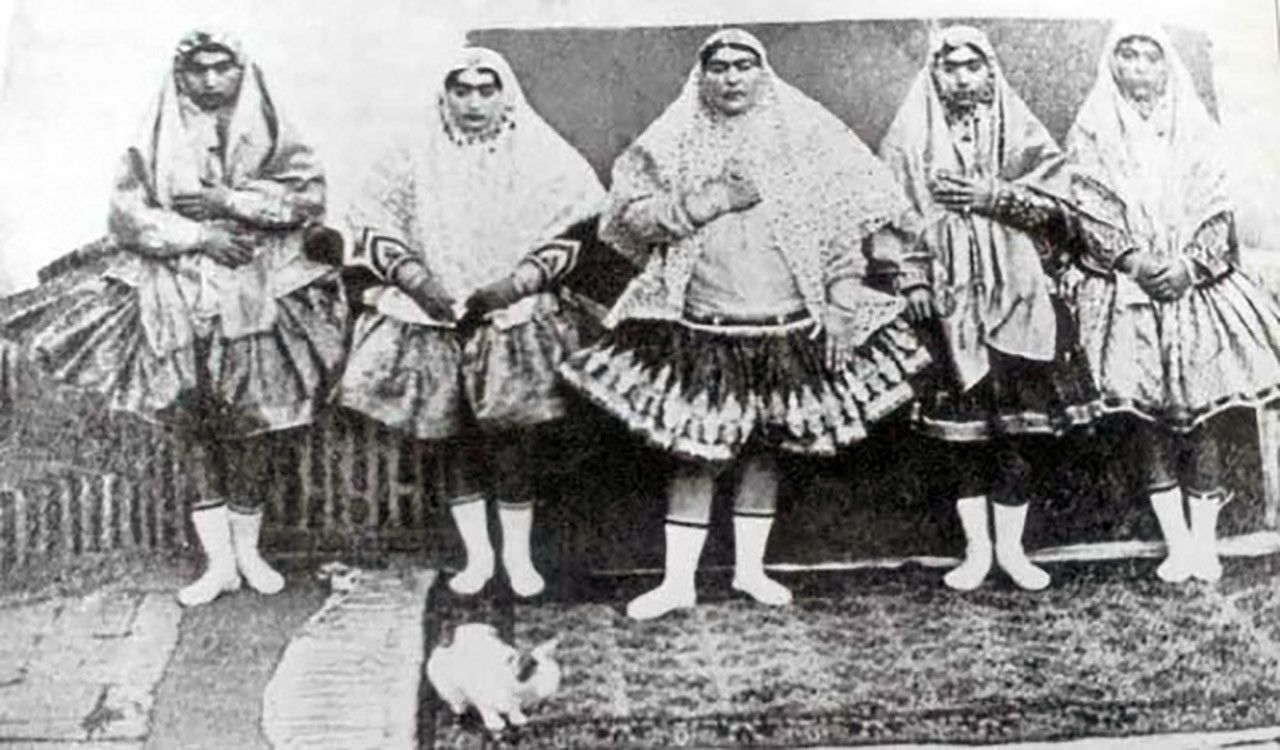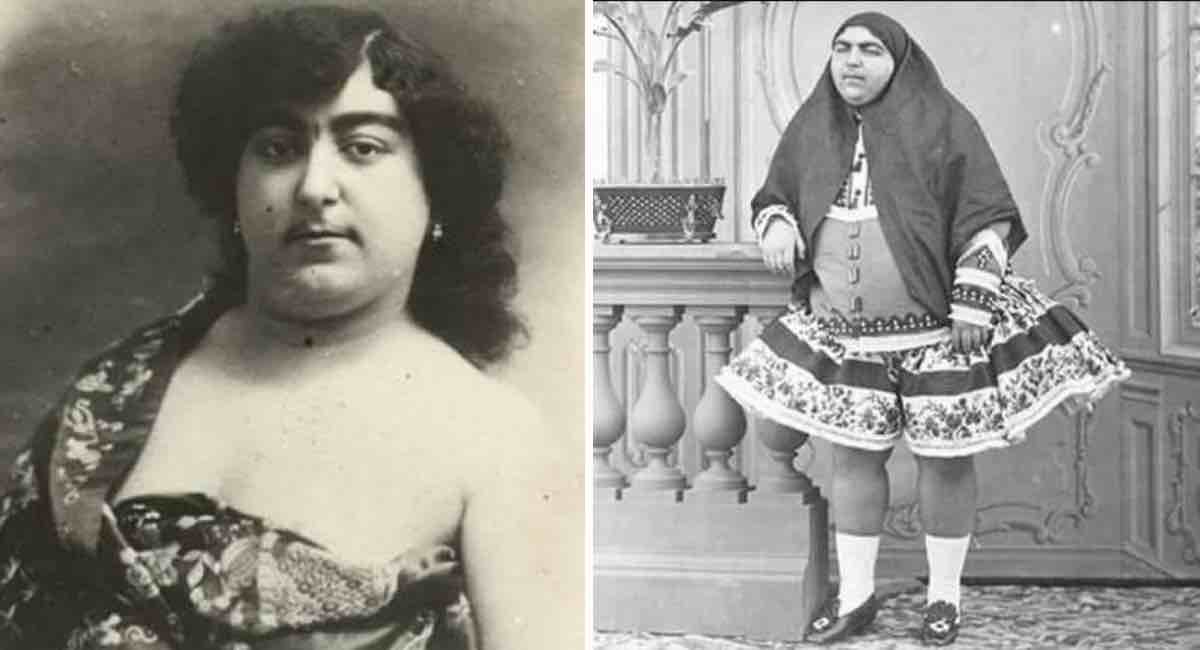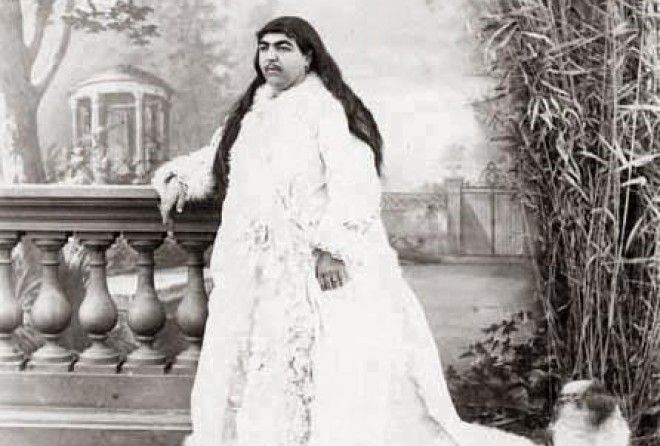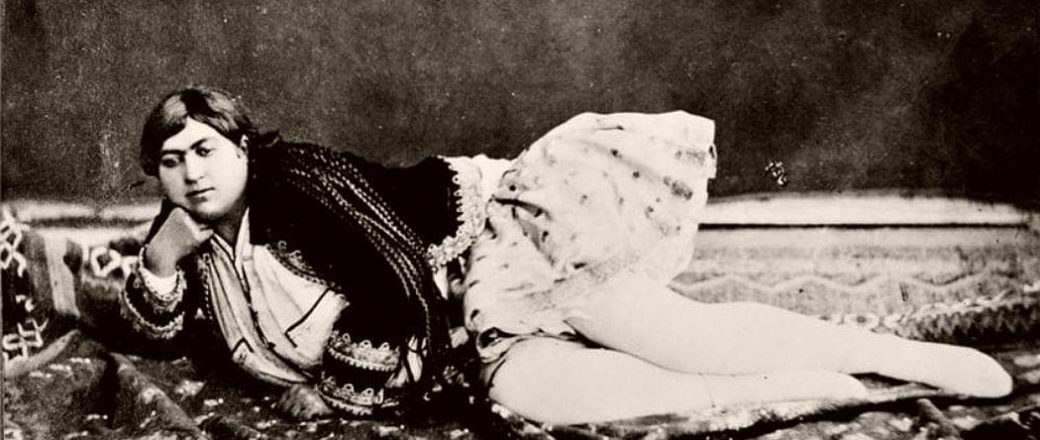Beauty is in the eye of a beholder or so they say. Beauty has such a vague meaning, for its definition and what people find beautiful changes all the time.
The standard of beauty is different all around the world. Some believe a woman is beautiful if she has curves while for some a lean and thin body would do.
The definition of beauty has and is still evolving and changing with the change in time.
While most of the beauty standards are utterly ridiculous, people still follow them and take time out to ridicule and make fun of people for being “ugly”.
This world is filled with more than 7 billion people, every one beautiful in their own strange ways.
However, what people deem beautiful is often controversial and also demeaning to women. Nobody has the rights to judge someone based on their appearances.
Beauty is so much more than what meets the eyes. And the women I’m going to talk about are the perfect examples of it.
Meet Princess Fatemeh Khanum, most popularly known as “Princess Qajar” these days.
When the pictures of “Princess Qajar” started surrounding the internet in recent times, she actually became a laughing stock for most people. And without knowing her story, people made many different assumptions.
So, allow me to clear all the doubts and give you the real reason why the so-called Princess Qajar was an iconic beauty symbol of Persia.
Why is Princess Qajar an Iconic Symbol of Beauty?
Princess Fatemeh Khanum “Esmat al-Dowleh” was the princess of Persia, modern-day Iran. She was the daughter of King Nasir al-Din Shah Qajar, who ruled Persia from 1848 to 1896 and one of his wives Taj al-Dowleh.
People today look at her historic pictures and laugh.
And nobody ever fails to notice her thick mustache, unibrow, and the fact that she doesn’t have a traditional lean and thin body that women are apparently supposed to have.
This might not be a beauty standard today where women aren’t supposed to have any body hair. But in 19th century Persia, women having a thin mustache and unibrows were all the rage.
While people dwell over the fact how beautiful Princess Diana or Audrey Hepburn was, they laugh off looking at a picture of a princess that resembles a man.
But Esmat wasn’t a man. In fact, she was one of the most influential women and princess from the Qajar dynasty, a rather disgraceful dynasty in Persian history.
Be that as it may, Princess Fatemeh was a strong-willed woman.
She was one of the most photographed women at King Nasir’s harem. And most of her photos were taken by her husband himself.
But it wasn’t because she checked every button of the beauty standard of the 19th century Persia.
In fact, her father trusted her enough to give her the responsibility of serving as the host for all the female foreign guests to the court.
“Princess Qajar” wasn’t afraid to take risks and even went against tradition when she learned to play the piano or become a photographer.
As a matter of fact, her father even built a private studio in her home.
She was a competent woman who was able to bring her husband back to the country by influencing her father and convincing him to do so.
Another Princess in Question.
While Princess Fatemeh was challenging traditions and influencing her father in decision making, there was another princess from the Qajar dynasty that was bending the history of Persian women.
And the princess in question is Princess Zahra Khanum “Taj al-Saltaneh”. She was the 12th daughter of King Nasir and also the half-sister of Princess Fatemeh.
Taj was so much more than her sister. She was a trailblazer of her time doing things no other woman dared to even think of.
She was the pioneer for women’s rights in Persia and also a strong-minded feminist.
Taj founded Iran’s underground women’s rights group Anjoman Horriyyat Nsevan (Women’s Freedom Association).
She was an activist who held literary salons at her house every week.
Apart from that, she was a writer who wrote the Qajar Dynasty memoir “Crowning Anguish: Memoirs of a Persian Princess from the Harem to Modernity”.
Taj was also a painter, an intellectual, and most importantly the first woman in court to take off the hijab and give up Qajar dynasty clothing for western outfits.
The Conclusion.
The history of “Princess Qajar,” shows that a woman is not beautiful just because she has a slim figure and a pretty face.
Society pressurizing women to always look presentable and behave like a lady, which, I’m not sure till date how.
These Qajar Princesses are proof that beauty isn’t always defined by appearances. And in their time, they weren’t beautiful for sporting mustaches or unibrows. But for the bravery, they showed even as a woman.

They were strong and beautiful women who went against their traditions. And also fought for the betterment of women in their society.
The pictures that surrounded and turned into a meme hold more than just women with mustaches, looking like a man.
In fact, it carries significant history and stories that aren’t really told.
These photos hold power so much more than just attracting suitors who would commit suicide for being rejected.
In fact, according to art historian Dr. Staci Gem Scheiwiller, these photos “had the ability to demonstrate the development of female revolutionary consciousness.”












